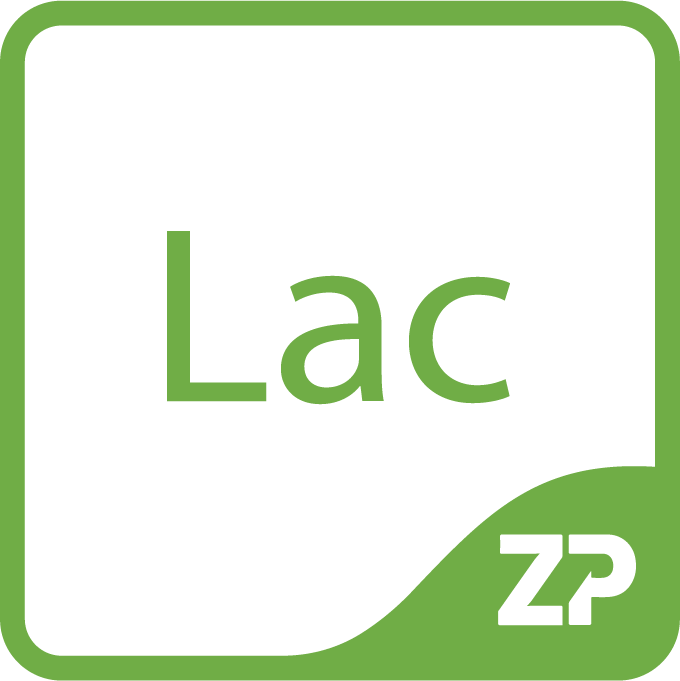Is lactate the new glucose?
In the biosensors market everybody loves continuous glucose monitoring (CGM), but from a commercial perspective everyone is asking ‘what is next?, and for the last 10 years the analyte that is often raised as the next glucose is lactate (continuous lactate monitoring).
There are a couple of caveats when thinking about a continuous lactate monitoring product (CLM), the biggest issue is economics; the cost of manufacturing/prototyping a lactate sensor from a raw material perspective it much higher for lactate as opposed to glucose. This is because lactate oxidase is much more expensive than glucose oxidase. This is because the glucose oxidase supply chain is very matured with several vendors all able to supply the enzyme. The glucose testing market has been developing for over forty years and so the nuances and kinks in producing the enzymes have been mostly figured out. Whilst in contrast the lactate oxidase market has not been matured because the need and demand for the enzyme has not been there in the same way as it has been for glucose oxidase (GOx). The second issue with lactate is the robustness of the enzyme; whilst glucose oxidase has high activity and has been engineered to be active and robust the lactate oxidase enzyme is a ‘wimp’ in comparison, and doesn’t have the stability of glucose oxidase. This causes several issues:
1) When manufacturing with lactate oxidase you have to prepare solutions of lactate oxidase more frequently because the enzyme is not necessarily stable in solutions for long.
2) The lower activity of the enzyme means you need a greater mass of enzyme per sensor in order to get the linear range.
The instability and the lack of activity of the lactate oxidase then shows itself in the functioning of the lactate sensors; these sensors don’t have the functional life of their glucose oxidase equivalent.
The good news regarding lactate is that it does have a good application in health, wellness and spots applications. The constantly talked about application for lactate sensors is the monitoring of athletes and so it is possible to explore lactate applications which don’t have the same regulatory hurdles relative to the glucose monitoring in Type 1 and Type 2 diabetics.
At ZP we have a range of lactate sensors which we both sell and which we also use as the basis for bringing our clients to market. If you have any questions regarding lactate sensors for health, wellness and athletic applications please don’t hesitate to contact us as ZP or click below to see our standard products or to contact us.
.

